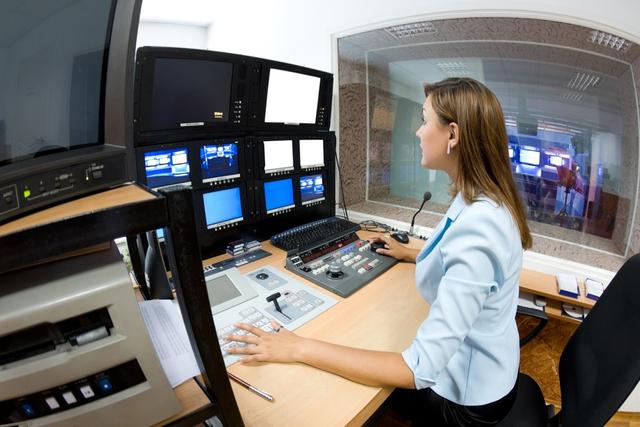Film

Overview
It is estimated that the U.S. movie going public spent about $12 billion annually at the box office in 2018, according to PwC. Additionally, people rent and purchase their favorite films on DVD, Blu-ray, and on-demand/streaming services, and subscribe to cable channels devoted to showing recent and classic movie productions, around the clock. Americans read magazines and books about filmmaking and visit Web pages devoted to favorite stars and movies.
Thousands of people each year decide to pursue their dreams of becoming an actor, screenwriter, producer, or director and flock to the entertainment capital of the United States, Hollywood. But employment opportunities in the film industry go far beyond those of actor or director, ranging from administrative assistants and support workers to musicians, camera operators, animators, talent scouts and agents, and others. And although most work in the motion picture industry revolves around Hollywood and New York City, opportunities to get a start in films, typically smaller productions, are available in any number of cities around the country.
To attract the public's recreational dollar, theaters must now compete with the Internet and personal computers as well as with changes in televisions such as high-definition televisions that offer consumers almost theater-quality presentation of movies in their own homes. To attract more people to the movies, theaters are now providing enhanced stereo systems, comfortable seating, restaurants, food delivered to viewers' seats, and other frills. Changes in technology are also enabling computer owners to photograph, edit, and graphically enhance their own films, and present them on the Internet through sites like YouTube, creating additional competition for traditionally produced films.
To meet consumer demand and growing competition from other sources, movie production is increasingly linked with the television and video industries. Many large motion picture s...






























